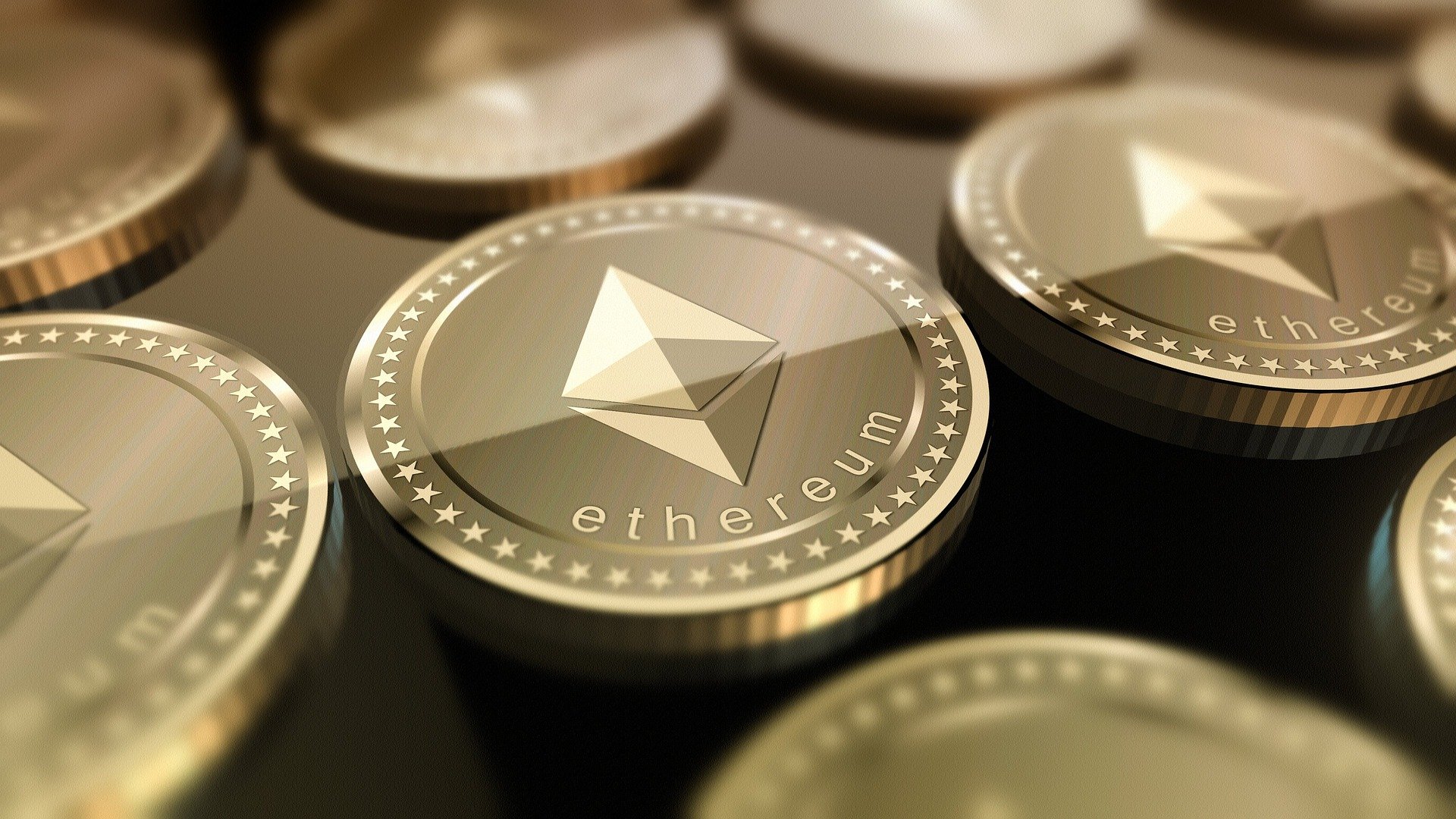The long-anticipated ETH2.0 migration is at hand and the news is springing with bullish analysis. The JPMorgan Chase team is one of such optimists and they have predicted to prove it. According to the strategists from the renowned investment bank, the Ethereum proof-of-stake migration would boost the collective revenue generated from staking across all crypto assets.
Ethereum is gearing to move its protocol from the current proof-of-work (POW) consensus to proof-of-stake (POS). With POS there’d be no need for miner activity as nodes would be validated by investors who own stakes on the blockchain. For helping to maintain the network, the validators would be rewarded with some amount of crypto for staking their tokens.
JPMorgan’s Analytics team reiterated that the annual revenue generated by staking is at $9 million. With the second leading digital asset by market cap embracing the concept, the annual revenue could bulge to $40 million by 2025, they predicted.
Staking is a constantly evolving consensus methodology in the blockchain sphere. Cryptocurrencies like ADA, NEO, and DOT are based on POS. The JPMorgan team mentioned that retail traders and institutional investors are rapidly embracing the potentials of staking.
The Benefit of Ethereum’s POS Migration
Ethereum is an interesting blockchain and does have a lot of potentials. Its ecosystem hosts a large number of decentralized applications (Dapps) and decentralized finance (DeFi). The major backlash against the network is its scalability issues and high transaction fees.
The impending migration of the blockchain to a proof-of-stake system would counter these challenges. The move would also feature added security, further decentralization, as well as the efficient use of energy. Miners who are currently active on the network would have to seek other alternatives once the upgrade goes live.
Anyone can stake on Ethereum to earn rewards. However, there is a certain threshold one must attain before being certified as a validator. The network specified that a prospective staker should own at least 32 Ether to be eligible.
Why the Delay in Migration?
Investors are eager to see the network fulfill the goal of migration. The FUD about crypto assets energy consumption is another trigger for further agitation as it has led China to evacuate Chinese Bitcoin Miners in a bid to safeguard the atmosphere.
The co-founder of Ethereum Vitalik Buterin earlier shared the reasons for the delay of the move to a consensus that would consume 99.95% less energy. Buterin attributed the delay to internal conflicts within the development team. He said, “If you are building a team, it is important to know who you are working with”.
However, the advent of the novel system is within reach. The upgrade might occur after the network ships in its EIP-1559 update. The upgrade would likely happen in the last quarter of 2021 or the first quarter of 2022. The locked stakes for the incoming upgrade are valued at $12 billion today as investors wait. Investors that are yet to stake have their eyes on the upgrade as the proof-of-stake system would determine the blockchains of the future.
